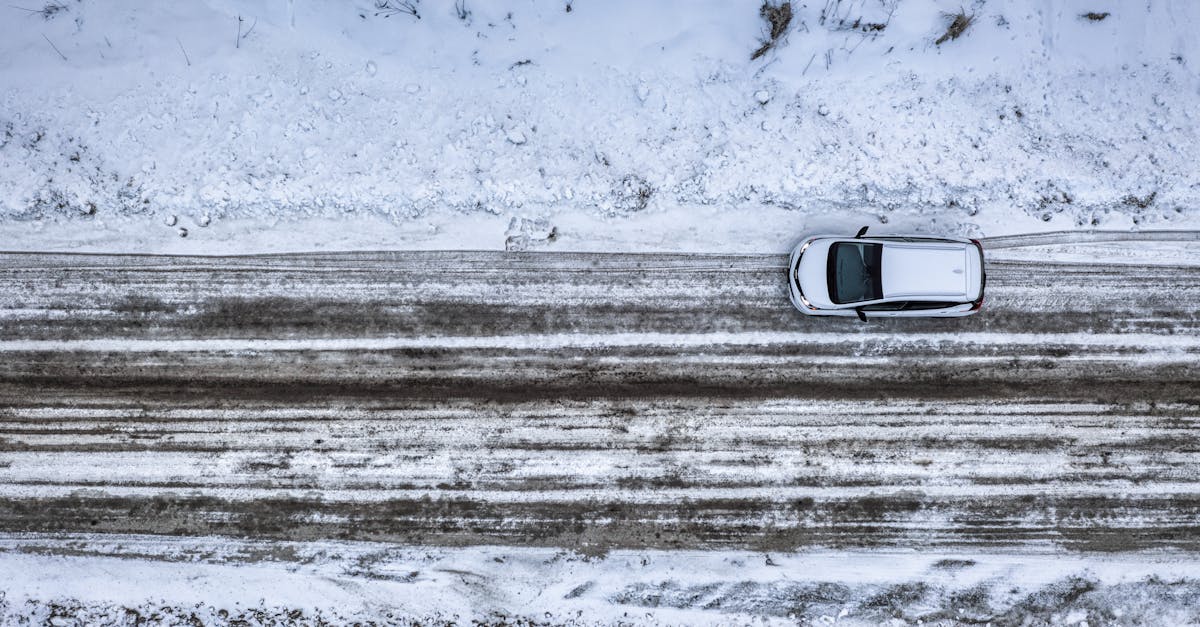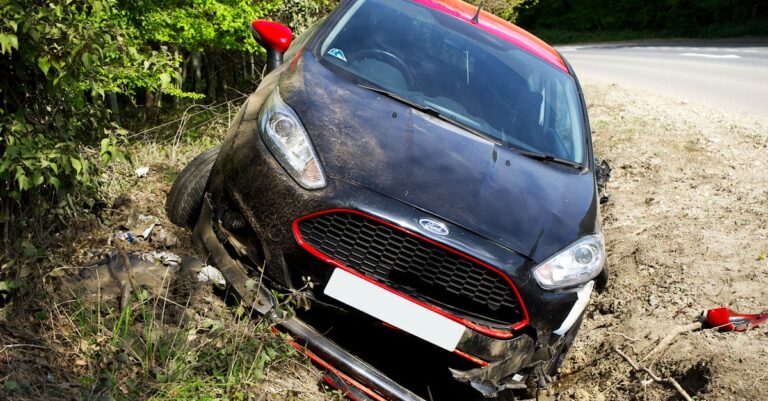How to Stay Safe on Icy Roads This Season: Winter Driving Tips
As winter settles in, the beauty of snowy landscapes can quickly turn into a treacherous driving experience. Icy roads pose significant challenges for drivers, making it crucial to stay informed and vigilant. This season calls for a fresh perspective on safe driving practices. It’s not just about getting from one point to another; it’s about ensuring you and your passengers arrive safely. Whether you’re an experienced driver or a novice, having a solid understanding of essential techniques can dramatically improve your winter driving. From knowing how to handle sudden skids to preparing your vehicle ahead of time, these Winter Driving Tips can make a real difference on those slick surfaces. So, buckle up and let’s explore how to navigate these wintry conditions with confidence.
Main Points
- Understand the importance of tire maintenance for winter readiness.
- Learn how to handle skids and regain control if you lose traction.
- Prepare your vehicle with emergency supplies for unexpected situations.
- Adjust your speed and following distance based on road conditions.
- Stay informed about weather forecasts to plan your trips effectively.
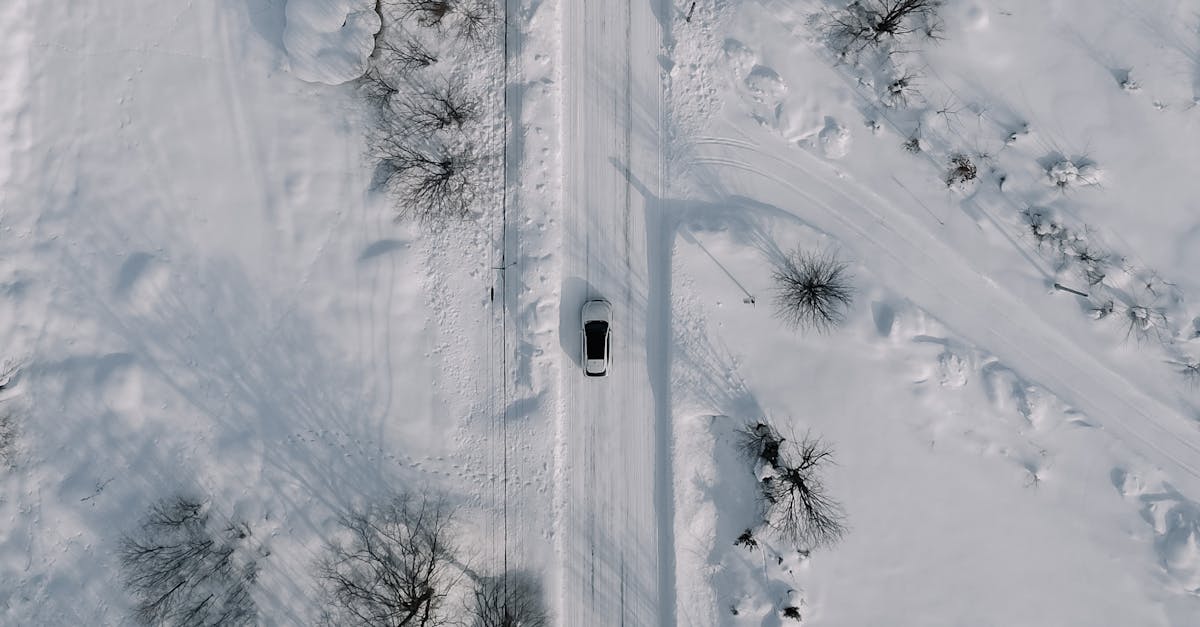
Understanding the Hazards of Ice and Snow on Roads
Driving during winter can be treacherous. Ice and snow create numerous hazards that every driver must understand. These conditions significantly reduce traction, making vehicles harder to control. It’s essential to recognize how these factors impact driving safety.
Moreover, here are some key points to consider:
- Black ice: This nearly invisible layer of ice can form on roadways, especially during early morning or late evening. Because it blends with the asphalt, drivers may not notice it until it’s too late.
- Snow accumulation: When snow builds up, it can obstruct visibility and alter the vehicle’s handling balance, especially in corners.
- Reduced stopping distance: Snow and ice dramatically increase the time needed to stop. Thus, maintaining extra distance from the vehicle ahead is crucial.
To navigate these risks effectively, beginners should focus on Winter Driving Tips for Beginners and embrace Essential Winter Driving Tips. Remember, proper preparation will enhance your safety and comfort while driving in winter conditions.
In addition, following Winter Driving Tips for Safe Travel may better equip you to handle these hazardous situations. Always stay alert and adjust your driving habits according to the weather conditions.

Essential Winter Driving Gear for Safety
When the chill of winter sets in, it’s important to equip your vehicle with essential driving gear for optimal safety. Start with a reliable set of winter tires. These provide better traction on snowy or icy roads, significantly reducing the risk of accidents. Next, don’t overlook the necessity of a sturdy ice scraper and a windshield brush. These tools help maintain visibility, which is crucial when navigating during winter storms.
Moreover, carrying a compact emergency kit can be a real lifesaver. Include items like a flashlight, blankets, and basic first aid supplies. If you find yourself stuck somewhere, these items can provide comfort and safety until help arrives. Always remember to have extra warm clothing and robust gloves in your car. They come in handy if you need to exit your vehicle to deal with road conditions.
Related Tips for a Safer Journey
For enhanced safety, familiarize yourself with winter driving tips to avoid accidents. Accumulating essential gear prepares you not just for the unexpected but also for long road trips. Always be cautious and perhaps leave a little earlier to account for the slick, icy roads. Combine proper gear with knowledge; it’s the best way to ensure a safe and enjoyable winter driving experience.
| Item | Purpose |
|---|---|
| Winter Tires | Improved traction |
| Ice Scraper | Maintain visibility |
| Emergency Kit | Ensure safety |
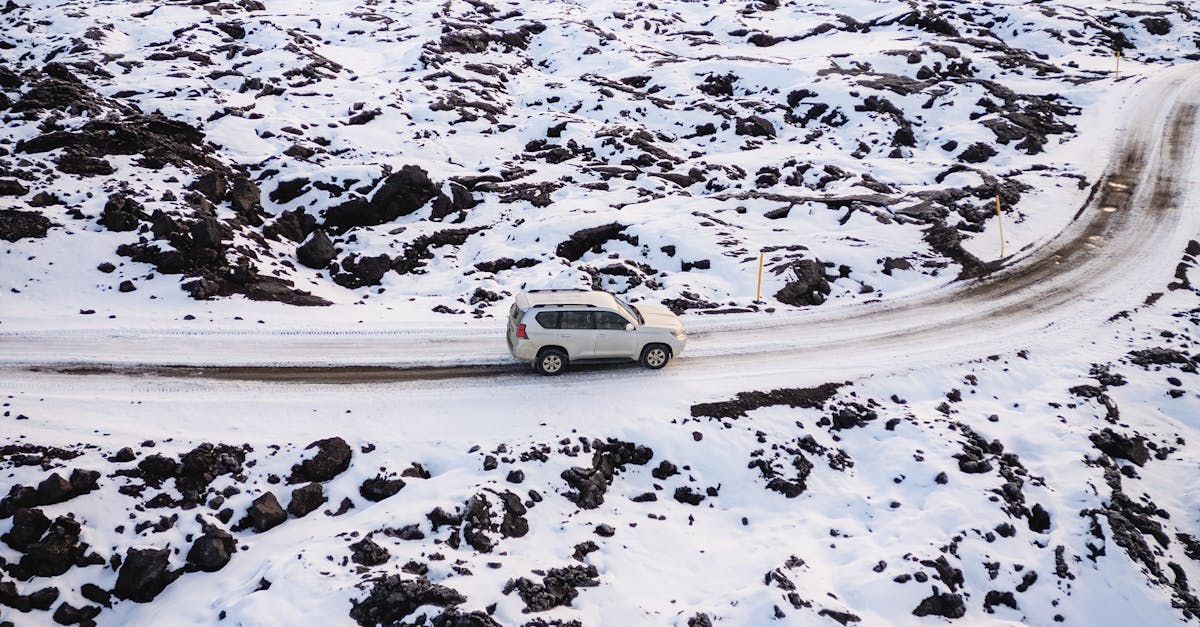
Techniques for Maintaining Control on Slippery Surfaces
Driving on slippery surfaces, especially during winter, presents unique challenges. Winter driving tips to prepare your vehicle can significantly enhance your control and safety. First, ensure your tires are winter-rated, as they provide better traction. Additionally, consider reducing your speed. Although it might seem obvious, many drivers underestimate how much slower they need to go.
Braking Techniques
When braking, apply gradual pressure. Sudden movements can lead to skidding. Furthermore, maintain a safe distance from the vehicle ahead. This spacing allows for a smoother stop, mitigating the risk of collisions. Moreover, familiarize yourself with your vehicle’s anti-lock braking system. It’s designed to prevent wheel lockup during hard braking, thus maintaining steering control.
Lastly, always remain alert to changing road conditions. Ice can form unexpectedly, and your knowledge of these winter driving tips to prepare your vehicle can be a lifesaver. While it’s easy to feel confident, the roads can be unforgiving, reminding us to stay humble and cautious.
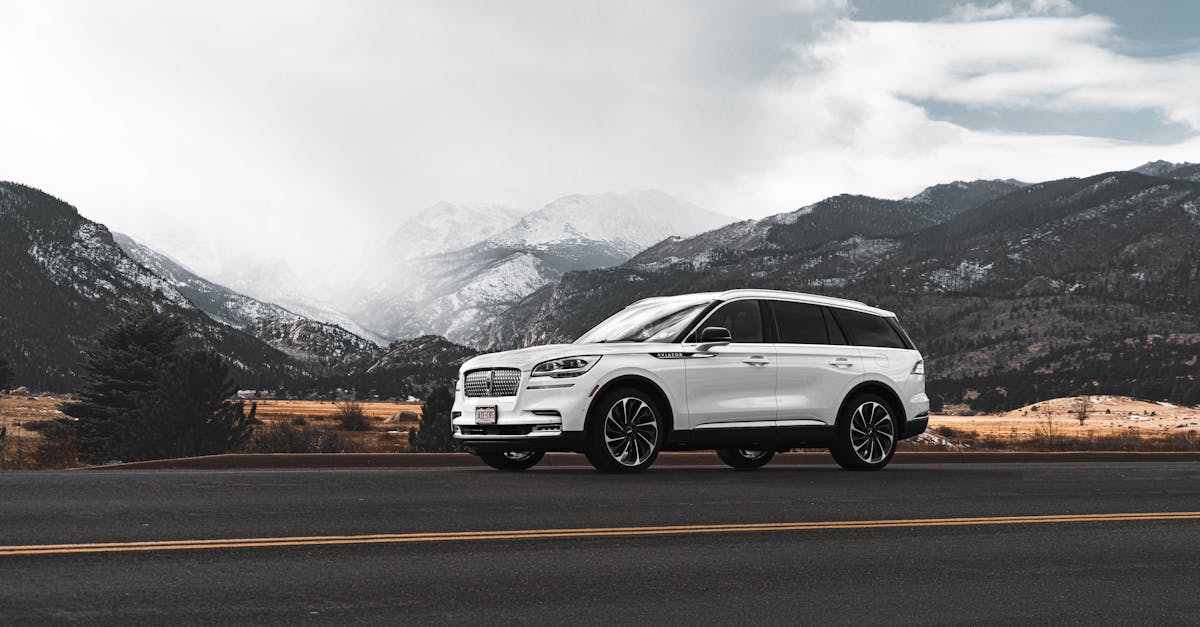
How to Prepare Your Vehicle for Winter Conditions
Preparing your vehicle for winter conditions is essential for ensuring safety and performance. As temperatures drop, certain aspects of your car require special attention. Firstly, check your battery. Cold weather can significantly affect its performance. If it’s older than three years, consider having it tested.
Next, assess your tires. Winter tires provide better traction in snowy and icy conditions. Make sure they are properly inflated and have sufficient tread depth. Additionally, don’t forget to inspect your wiper blades and replace them if they are worn. Clear visibility is vital during winter storms.
Winter Vehicle Preparation Checklist
- Battery: Test for reliable performance.
- Tires: Switch to winter tires if needed.
- Fluids: Use winter-grade oil and antifreeze.
- Wiper Blades: Ensure clarity for visibility.
Lastly, stock your car with a winter emergency kit. Include essentials like blankets, a flashlight, and non-perishable snacks. This preparation not only protects you and your vehicle but also enhances your overall driving experience during winter months.
Recognizing Black Ice: Signs and Precautions
Black ice is a treacherous phenomenon that often catches drivers off guard, leading to dangerous conditions. This thin layer of ice forms silently and usually blends seamlessly with the asphalt. One of the primary signs of black ice is a shiny, wet appearance on the road, particularly in the early morning or after a light rain. Additionally, if you notice your vehicle suddenly losing traction or your steering feeling loose, you may be driving on black ice.
To avoid such hazardous situations, it’s crucial to maintain a safe distance from the vehicle in front of you, especially when temperatures drop. Using your vehicle’s headlights during dark conditions can also help illuminate potentially slick areas. Remember, if you ever find yourself skidding, stay calm, and steer gently into the skid. This might sound counterintuitive, but it can help regain control. Always be prepared to confront winter driving challenges and stay safe!
The Importance of Reducing Speed in Winter Weather
Driving in winter weather presents unique challenges that all motorists should be aware of. As snow and ice accumulate on roads, the risk of accidents increases dramatically. Reducing speed becomes not just a suggestion, but a necessity for safe travel. This is because slippery surfaces can cause vehicles to lose traction, leading to skidding or worse.
Moreover, reduced visibility can make it difficult to judge distances and response times. For example, what seems like a small distance can quickly become insurmountable when driving at higher speeds. Therefore, it is crucial to adapt your driving habits to the conditions.
“Driving slower in winter weather can save lives and prevent accidents.” – Anonymous
Finally, staying attentive and adjusting your speed accordingly can allow you to better control your vehicle on unpredictable surfaces. Remember, safety is paramount. Make it a point to regularly check weather forecasts and remain vigilant on the road. By reducing speed, you not only protect yourself but also those around you.
How to Handle Skids and Loss of Control
Experiencing skids and a loss of control while driving can be both frightening and disorienting. It’s crucial to remain calm and follow a few essential steps to regain control of your vehicle. Here’s a practical guide:
- Stay Calm: Panic can worsen the situation. Take a deep breath and focus on regaining control.
- Steer Into the Skid: If your rear tires skid, gently steer in the same direction as the skid. This helps stabilize the car.
- Avoid Braking Hard: Sudden braking can intensify the loss of control. Instead, ease off the accelerator and gently brake if necessary.
- Keep an Eye on the Road: Always watch where you want to go, not where you don’t. This ensures you respond intuitively to the car’s movements.
Additionally, remember that preparation is vital. Regularly check your tires, maintain your vehicle, and adjust your driving for weather conditions. Understanding how to react in such situations can significantly reduce your risk of accidents. Stay safe and drive wisely!
Emergency Kits: What to Include for Winter Driving
Winter driving poses unique challenges, making a well-prepared emergency kit essential for every driver. First and foremost, consider including a first aid kit. This allows you to address minor injuries while waiting for help. A thermal blanket is also crucial; it keeps you warm if you find yourself stranded in snowy conditions.
Moreover, don’t forget extra warm clothing and sturdy gloves. These are invaluable during an unexpected breakdown. A flashlight with extra batteries is another vital component, as visibility can diminish quickly in winter storms. Furthermore, ensure you have a reliable snow shovel and an ice scraper. These tools can assist you in getting your vehicle back on the road. Lastly, having non-perishable snacks and water can be a lifesaver while waiting for assistance. In conclusion, maintaining an updated emergency kit can make a significant difference in your winter driving experience.
Essential Items for Your Winter Driving Emergency Kit
| Item | Purpose |
|---|---|
| First Aid Kit | Treat minor injuries |
| Thermal Blanket | Provides warmth |
| Snow Shovel | Clear snow around the vehicle |
| Non-perishable Snacks | Sustain energy |
Planning Your Route: Avoiding Risky Roads
When planning your route, it’s essential to consider risky roads that may pose potential hazards. Many drivers often underestimate the importance of researching various routes prior to their journey. For instance, roads affected by ongoing construction can lead to delays and increased frustration. Moreover, poorly maintained roads could jeopardize vehicle safety, especially during inclement weather.
Researching Current Conditions
Utilizing online maps and navigation apps to check for traffic updates is wise. Furthermore, local weather conditions can significantly influence road safety. A sunny day may turn treacherous if a sudden rainstorm occurs. In this context, avoiding risky roads requires vigilance and planning. Understanding traffic patterns is also crucial; peak hours can introduce unexpected complications, so consider adjusting your schedule accordingly.
Lastly, don’t forget to factor in your comfort level with driving in various environments. Some people feel uneasy on winding roads, while others excel. Ultimately, planning your route effectively can lead to a safer and more enjoyable travel experience.
Tips for Safe Driving with Heavy Snowfall
Driving in heavy snowfall can be challenging, yet it’s crucial to prioritize safety. First, ensure your vehicle is well-prepared for winter conditions. Check your tires; using winter tires can significantly enhance traction. Additionally, keep your gas tank at least half full to avoid fuel line freeze-ups, especially during sudden snowstorms.
Essential Driving Tips
- Reduce Speed: Drive slower than usual. This adjustment accounts for reduced visibility and slick roads.
- Increase Following Distance: Extend the gap between your vehicle and the one ahead. This extra space allows for better stopping distance.
- Use Headlights: Even during the day, turn on your headlights to improve visibility.
- Stay Calm: If you begin to skid, remain calm, steer gently, and avoid sudden braking.
Lastly, remember to keep an emergency kit in your car. Items like blankets, snacks, and a flashlight can make a huge difference in case of unexpected breakdowns. Adapting driving behaviors during heavy snowfall is essential to ensure not only your safety but also that of others on the road.
Related content:
The Essential Guide to Travel Insurance for Adventurers
Navigating the Complex World of Business Insurance: Essential Coverage for Every Entrepreneur
What You Need to Know About Accidental Death Insurance
Conclusion
Staying safe on icy roads isn’t just about following tips; it’s about being mindful and prepared. Winter driving can be challenging, but by taking specific precautions, we can significantly reduce risks. Adjusting your speed, maintaining a safe distance from other vehicles, and being aware of road conditions can make all the difference. Moreover, equipping your car with winter essentials, such as proper tires and emergency kits, can enhance your safety. So, this season, embrace these Winter Driving Tips and prioritize safety for yourself and your loved ones. Remember, a cautious approach helps ensure a smoother and safer journey, even in the harshest winter conditions.
Frequently Asked Questions
What should I do if I get stuck in the snow?
If you get stuck, try to gently rock your vehicle back and forth by shifting between drive and reverse. You can also clear the snow around your tires and use sand, cat litter, or floor mats to gain traction.
How can I prepare my car for winter driving?
Make sure to check your battery, tires, and fluids. Consider switching to winter tires, checking your wiper blades, and keeping an emergency kit in your vehicle.
What is the best way to handle black ice?
If you encounter black ice, stay calm and avoid sudden movements. Do not brake or accelerate quickly; instead, gently steer in the direction you want to go and let off the gas.
How can I improve visibility while driving in snow?
Use your headlights to increase visibility, and ensure your windows are cleared of snow and ice before driving. Additionally, use windshield washer fluid that is rated for cold weather.
What should I include in my winter emergency kit?
Your winter emergency kit should include water, non-perishable snacks, a blanket, a flashlight, extra batteries, a first-aid kit, a shovel, jumper cables, and sand or kitty litter for traction.
Is it safe to use cruise control in winter conditions?
No, it is not safe to use cruise control in winter conditions. You need full control over your vehicle to react to slippery roads or sudden changes in traffic.
How can I avoid a collision on icy roads?
To avoid collisions, maintain a safe distance from the vehicle in front of you, reduce your speed, and avoid sudden turns or braking. Use gentle movements to maintain control.
What are some signs of winter tire wear?
Signs of winter tire wear include a tread depth of less than 3mm, visible cracks or bulges in the sidewalls, or uneven wear patterns. Regularly check your tires before winter starts.
How can I keep my windshield clear of ice and snow?
Use a windshield cover before snow falls, and regularly scrape off any ice and snow. Ensure your defroster and windshield wipers are functioning properly.
What should I do if my car starts to skid?
If your car starts to skid, steer in the direction you want the front of the car to go and avoid braking suddenly. Keep your eyes focused on where you want to go, not where you don’t.

